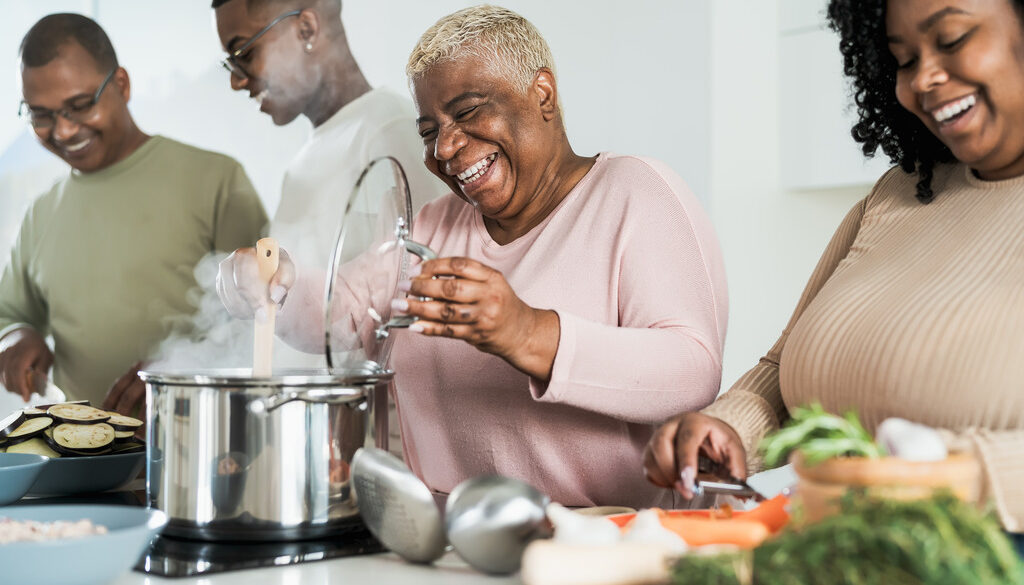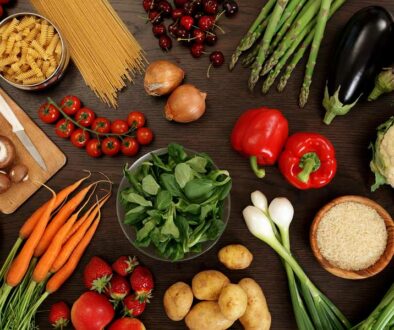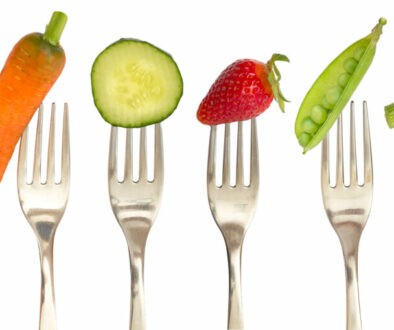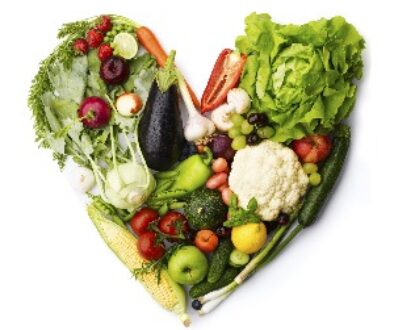Holiday Season: Prep, Cook, Eat, Repeat
We know which holiday foods are healthy and which are more indulgent. We know to try to watch our portions and drink some water and eat the vegetables (add one that’s not in a casserole! Please.). I know you’ve read the holiday blogs of years past written by yours truly *wink wink*. (If you need to catch up, find them here, here, and here).
Let’s shake it up this year with some important holiday food safety tips and rules, along with pre-and post-meal tips.
Important Holiday Food Safety Tips & Rules You Should Never Ignore
Smart Prep Tips
Being smart about food prep can save a lot of time and stress when it comes to the day of cooking up a big meal for more guests than usual. Decide early what can be made ahead of time and use the tips below to get as much prepped as possible.
1. Read through recipes to see if anything needs to be “chilled overnight” or that has multiple steps.
It often makes sense to make multi-step recipes in advance and save the finishing touches (or last step) for the day it’s being served.
2. Move a frozen turkey to the fridge to defrost with enough time to fully thaw.
It needs 24 hours to thaw for every 4-5 pounds. If the turkey is found to be not fully thawed the day it needs to be cooked, it can be placed under cool running water in the sink until ready.
3. Peel potatoes a day ahead of the planned meal.
Submerge in water and keep in the fridge overnight. This helps to avoid oxidation so the peeled potatoes don’t turn brown.
4. Wash and cut carrots and celery needed for dipping up to 3 days before needed.
Keep them in a container with water and a lid in the fridge. This keeps them crisp.
5. Make pies and cookies ahead when possible.
Keep pies in the fridge and store cookies in an airtight container with a slice of bread. The cookies absorb the moisture from the bread and will stay soft for days.
Vital Food Safety Guidelines
It’s important to keep food safety rules in mind even when there’s a lot going on in the kitchen and/or a time crunch to get everything on the table at the same time. These guidelines help to keep you and your guests safe from food borne illness. They also can help to reduce food waste so that dishes don’t need to be thrown out early.
-
Do NOT wash the turkey.
Bacteria gets killed during cooking (if done properly) and washing can cause any bacteria to contaminate other foods and surfaces in the kitchen. This means if the turkey has been rinsed, all surfaces including sink, faucet, and countertops need to be cleaned and sanitized before any other prep begins.
-
Wash and dry all vegetables and potatoes thoroughly.
-
Use separate (or thoroughly cleaned in between) cutting boards and knives for vegetables and any raw meats.
-
Cook the turkey to 165-180 degrees Fahrenheit. (Beef, pork, and fish should be cooked to 145F).
Use a meat thermometer to check this temperature. It should be inserted in the thickest part of the thigh without touching bone. It’s smart to check the thick part of the breast as well. Estimate that the bird will need about 15 minutes of cooking time per pound.
-
Cook the stuffing/dressing separately.
Stuffing the turkey means that it will take longer to cook and it’s easy for bacterial growth to occur when the stuffing is in the turkey. If you absolutely must stuff the bird, stuff loosely (do not pack the cavity) and check the temperature of the stuffing with your handy meat thermometer; it should reach 165∘F.
Holiday Leftovers
Holiday leftovers are the best! It gives us all a chance to take a break and enjoy all our hard work again (and maybe again after that). Store those leftovers appropriately so they remain safe to eat and use them creatively so nothing goes to waste.
-
Put all food away 2 hours after it has been put out to avoid allowing bacteria to grow.
This means the appetizers probably need to be put in the fridge before sitting down for the main meal.
-
If food is being put into containers while still hot, use multiple shallow containers instead of one large container to help the food cool faster.
The goal is to avoid allowing foods to sit between 40-140∘F as this is the perfect temperature zone for bacteria to grow rapidly (aka “the danger zone”). Allowing foods to cool more rapidly also helps to keep the temperature of the refrigerator from dropping and making all the food in there a potential health hazard.
-
Any leftovers should be reheated to 165∘F.
-
Freeze individual slices/cuts of desserts to be able to avoid food waste, but not feel like it all needs to be eaten up in the same few days.
-
Freeze leftover mashed potatoes to make potato soup later.
-
Leftover cranberry sauce can be spread over goat cheese on crostini or baked over brie in a mini phyllo cup (these both make great appetizers as well!).
-
Leftover bread can be used to make bread pudding for an upcoming holiday party or to make homemade croutons for salads in the week after the holiday.
- Leftover charcuterie items can be used in mini frittatas.
- Don’t forget to add some veggies here! These also freeze nicely to have on hand for anyone staying over for the weekend, or just for you because you deserve a break after that big, beautiful meal!
Using these holiday food safety tips and tricks can help keep you and your family healthy this holiday season. Along with reducing time and stress in the kitchen. This just leaves more time to spend enjoying amazing meals with friends and family.
Happy holidays!




